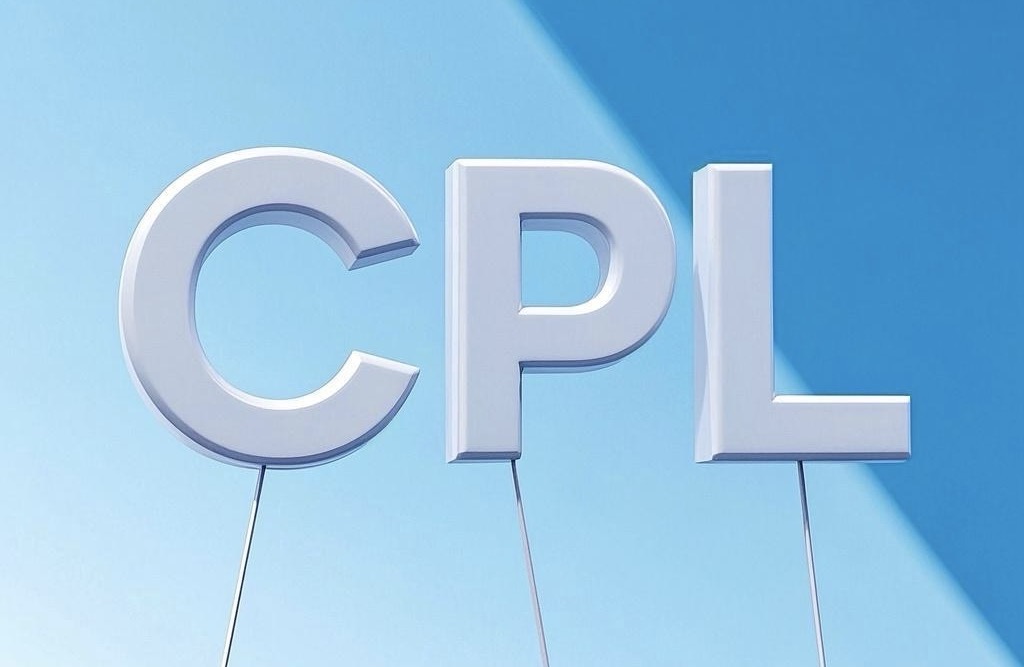In the modern consumer market, flexible packaging has become an important trend of product packaging. With the rising demand of consumers for environmental protection, convenience and innovation, flexible packaging has become increasingly prominent in the global packaging industry. From food and beverages to daily chemical products and pharmaceuticals, flexible packaging has permeated almost every industry. This article will analyze the current trends of the flexible packaging industry and look forward to the future development direction.
- Environmental protection and sustainability have become the core trend of flexible packaging
As environmental awareness increases, consumers and businesses are looking for more sustainable packaging solutions. Flexible packaging compared with traditional hard packaging, its lightweight and resource-saving characteristics make it one of the best choices for environmental protection packaging. In recent years, flexible packaging products using recyclable and biodegradable materials have gradually increased. For example, many brands are starting to use biodegradable plastics, paper composites or plant-based packaging materials instead of traditional plastics, which not only reduces plastic pollution, but also meets consumers’ green expectations.
- Lightweight and cost control
Another significant advantage of flexible packaging is its lightweight nature. Compared with traditional glass bottles or cardboard boxes, flexible packaging can significantly reduce shipping costs. By reducing weight, businesses can reduce shipping expenses and carbon emissions while saving storage space. In addition, the flexible production process of flexible packaging can adjust the packaging form according to the needs of different products, so that brands can better control costs and improve profit margins.
- The rise of innovative design and functional packaging
With the increasing demand of consumers for personalized and innovative design, the design of flexible packaging is also constantly innovative. From shaped bags, aluminum foil bags to the use of multi-layer composite materials, flexible packaging not only focuses on functionality, but also emphasizes visual appeal. Functional packaging plays an important role in keeping the contents fresh, moisture resistant and extending shelf life. For example, flexible packaging with anti-counterfeiting labels, resealable design or split packaging bags have won the favor of consumers in the market.
- Digital and intelligent packaging technology
With the continuous progress of technology, digital and intelligent packaging technology has also begun to penetrate into the field of flexible packaging. Smart packaging can not only improve the traceability of products, but also achieve interaction with consumers through RFID technology, two-dimensional code and other ways. For example, by scanning QR codes, consumers can get more product information, participate in brand activities, and even get personalized recommendations. This trend has promoted the added value of flexible packaging, making it not only a packaging tool, but also a bridge to connect with consumers.
- Globalization and diversification of market demand
With the advancement of globalization, the demand for flexible packaging continues to expand. Especially in developing countries, with the improvement of consumers’ living standards, the market demand for flexible packaging is growing. Consumers in different regions have different needs for packaging, and enterprises need to formulate packaging strategies according to local cultural habits and regulations. For example, the Asian market tends to use more space-saving flexible packaging, while the European and American markets are more concerned about environmental protection and sustainability. Therefore, flexible packaging companies need to flexibly respond to the needs of the global market and launch products that meet the needs of different markets.
- Challenges and opportunities of flexible packaging industry
Despite the rapid development of the flexible packaging industry, it still faces some challenges. These include fluctuations in the supply of raw materials, stringent environmental regulations, and the high cost of technology research and development. However, with the increasing demand of consumers for green environmental protection and convenience, the potential of flexible packaging industry is still huge. Companies that can address these challenges through innovative and sustainable solutions will be able to stand out from the competition and gain more market share.
The flexible packaging industry has experienced rapid innovation and development in the past few years and will continue to develop in the direction of environmental protection, lightweight, intelligent and personalized in the future. For enterprises, keeping up with these trends can not only improve the competitiveness of products, but also better meet the changing needs of consumers. Driven by the tide of green environmental protection and digitalization, flexible packaging will undoubtedly become the mainstream of the packaging industry in the future.

 한국어
한국어 日本語
日本語 中文 (中国)
中文 (中国)
